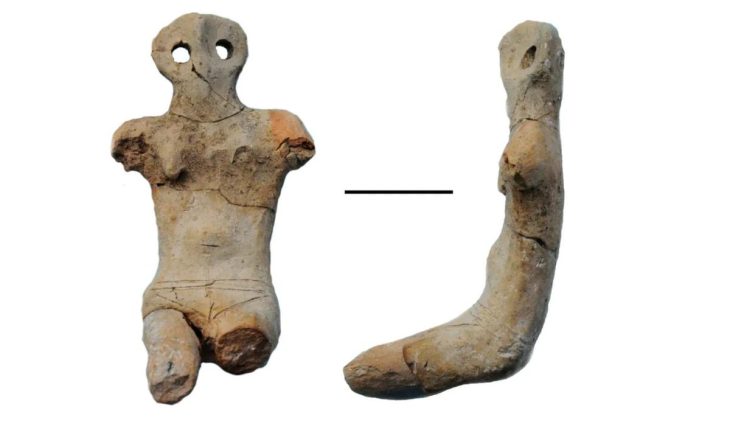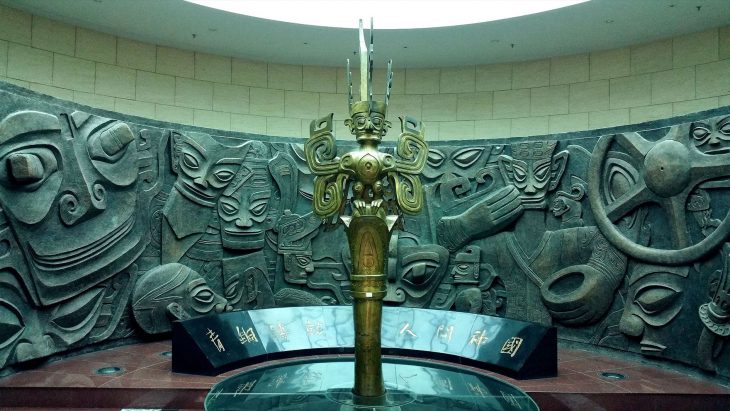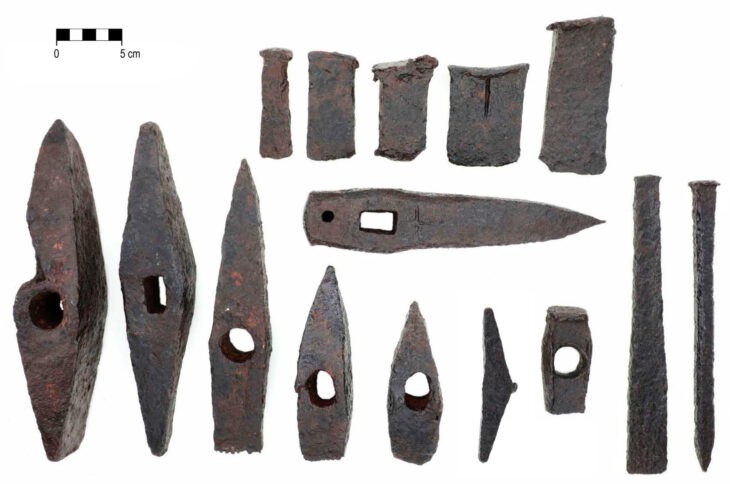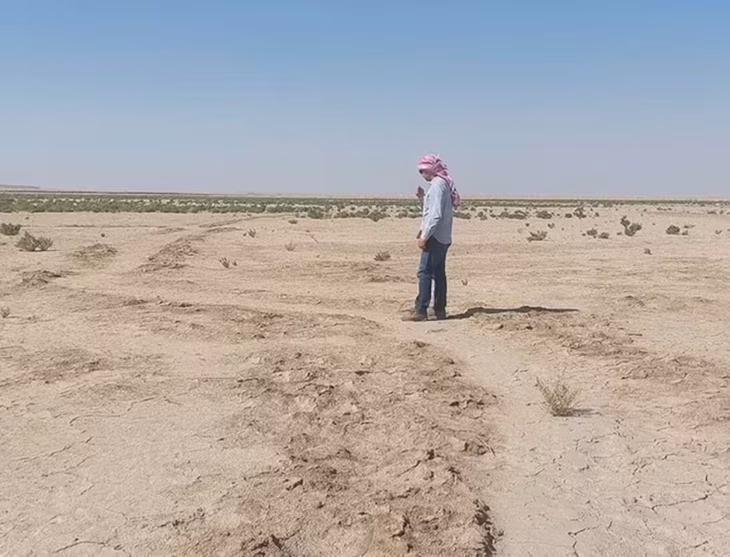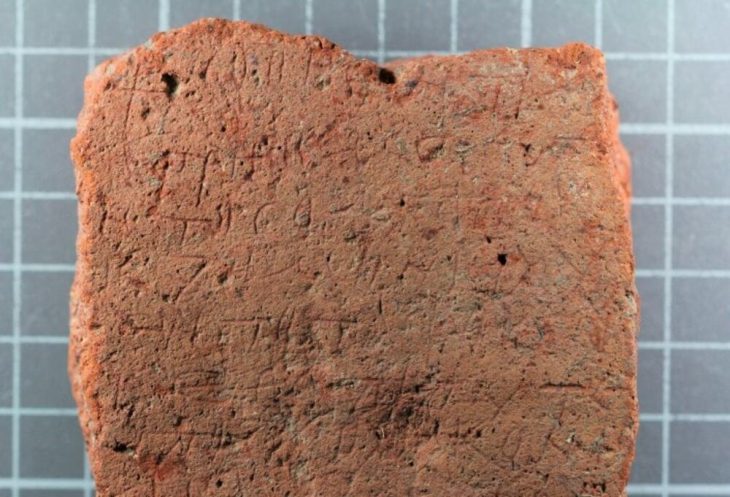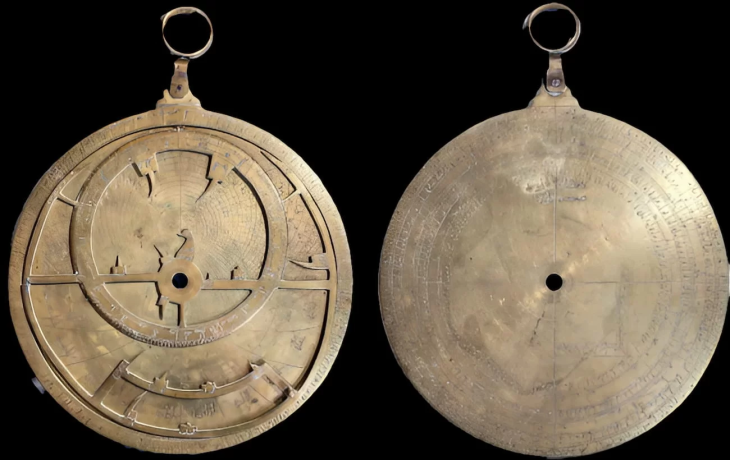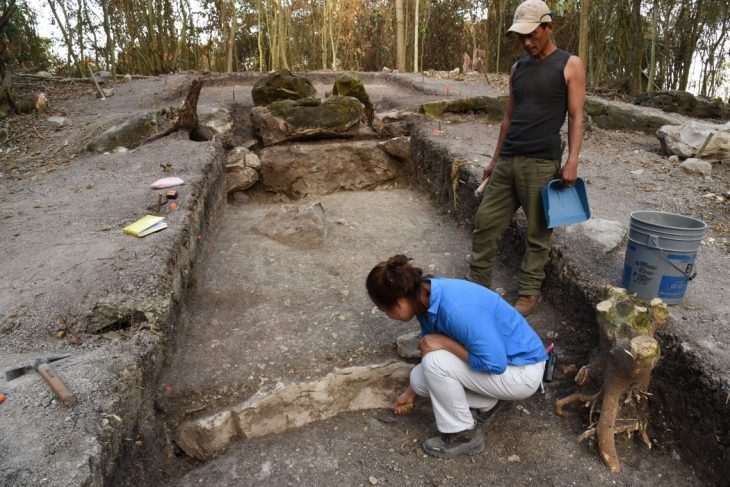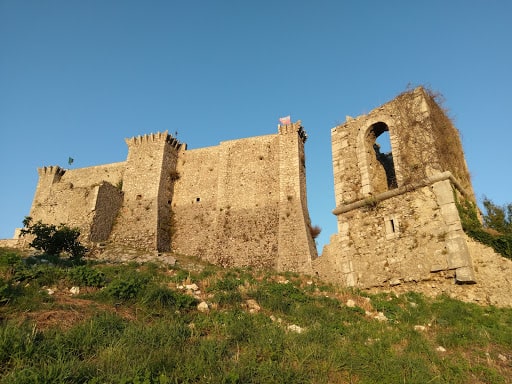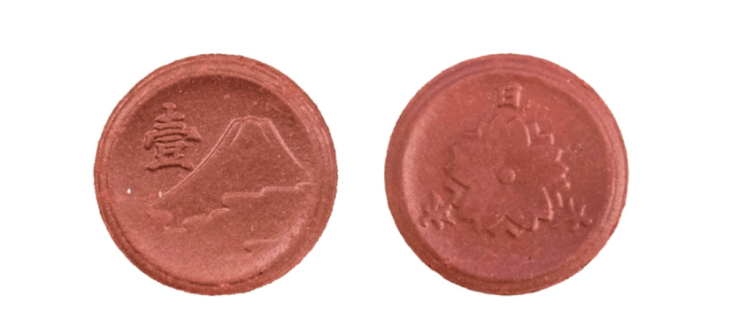The Indian Union government recently proposed the Somanathapura temple in Mysuru district and Chennakeshava and Hoysaleshwara temples in Belur and Halebid respectively in Hassan district as the country’s nominations for the UNESCO world heritage list for 2022-23.
Since 2014, the ‘Hoysala holy ensembles’ have been on Unesco’s tentative list. Hampi and Pattadakal group of monuments have been declared world heritage sites in Karnataka.
While Belur and Somanathapura have Keshava temples, Halebid has a Shiva temple. The Archaeological Survey of India (ASI) keeps an eye on the three temples built by the Hoysala rulers who controlled the region during the 10th and 13th centuries.
Permanent Representative of India to Unesco Vishal V Sharma submitted the nomination of Hoysala Temples to Unesco Director of World Heritage Lazare Eloundou on January 31, 2022.

The World Heritage Centre will communicate by March, followed by technical scrutiny and site evaluation in September or October 2022. The dossier will be taken up for consideration in July or August 2023.
The Chennakesava Temple also referred to as The Somanathapura temple and Keshava Temple is on the banks of River Kaveri in T Narasipur taluk, about 35 km from Mysuru city, was consecrated in 1258 CE by Somanatha Dandanayaka, a general of the Hoysala King Narasimha III. The ornate temple is a model illustration of the Hoysala architecture.
Chennakeshava Temple, also referred to as Keshava, Kesava, or Vijayanarayana Temple of Belur was commissioned by King Vishnuvardhana in 1117 CE on the banks of the Yagachi River in Belur. This temple is a 12th-century Hindu temple in the Hassan district of Karnataka state, India. The temple was built over three generations and took 103 years to finish. The architectural splendor built with soapstone attracts a large number of visitors.

King Vishnuvardhana funded the Hoysaleshwara temple at Halebid. Its construction began about 1121 CE and was finished in 1160 CE. Halebid, about 18 kilometers away from Belur, also houses several Jain Basadis. The temple art gives a glimpse into the people’s lives and cultures in the 12th century.
The government’s move has revived the hopes of proper conservation, better management, and basic amenities at these temples. Many in the region believe that consideration of these monuments as world heritage sites would boost tourism in the region.
Residents in the region list lack of space to park vehicles, narrow roads, and expensive accommodation as problems. They allege that the government had ignored basic amenities. They believe that the consideration of the three temples as world heritage sites would force the state government to properly protect other similar temples in the neighborhood, besides providing basic amenities.


